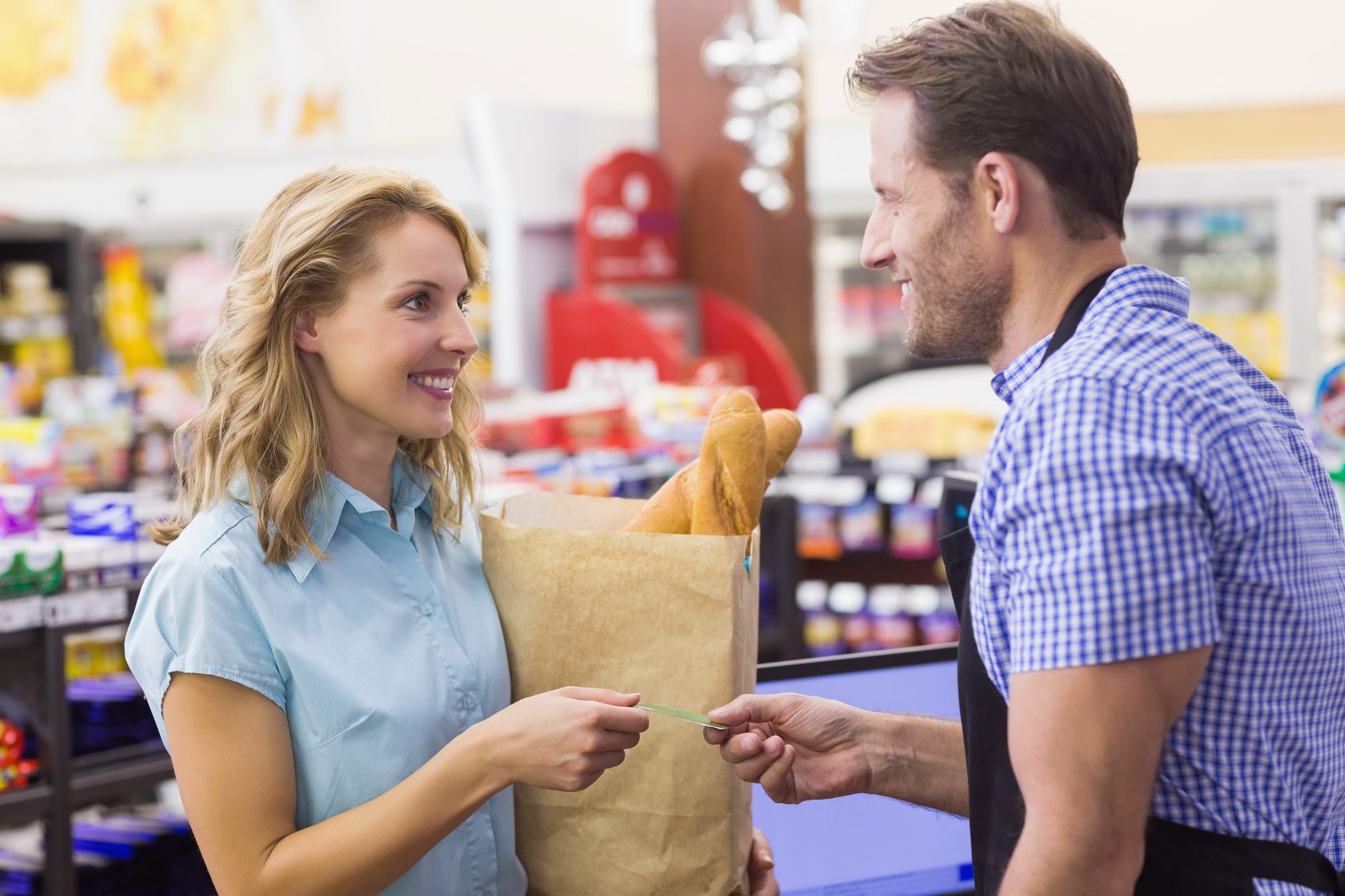No longer just a quick pit stop, gas station/C-store complexes are increasingly selling more than just fuel. As the following article relates, food is becoming a major draw for drivers, with consolidation and partnering by national players a continuing trend.
Major oil companies have been steadily squeezed out of the U.S. retail gasoline business, where refueling your stomach has become as important as topping off your gas tank. Motorists who once scoured American roadways for Exxon’s tiger or Texaco’s star now search for Buc-ee’s beaver or Wawa’s Canada goose. And millennials value the quality of food in their gas stations just as much as the price at the pump.
Now the two models are coming together, combining the strength of fuel brand recognition with new consumer preferences for a broader buying experience, and boosting profits in the volatile, competitive business of selling fuel to U.S. drivers. “Irrespective of the operating model, the key to our growth plans is the brand,” said István Kapitány, executive vice president of retail for Royal Dutch Shell Plc, in a phone interview from London.
In the U.S., Shell has partnered with Alimentation Couche-Tard’s Circle K, allowing it to expand the market for its Shell-branded gasoline by pairing its loyalty rewards program with the second-largest convenience-store operator in North America. Exxon Mobil Corp. has similar arrangements with Circle K and 7-Eleven Inc. It’s a one-two punch in brand recognition that allows each party to focus on its strengths, says Charlotte Huffaker, an Exxon spokeswoman.
Selling cheap gasoline along America’s highways was never really Big Oil’s thing. Profits at the pump are limited to pennies on the gallon, margins more frequently seen in the grocery business than oil drilling. But with $38.7 billion in gasoline sales in July, according to the U.S. Census Bureau, there are a lot of pennies at stake. As major energy companies whittled down their retail business through sales and franchises to focus on finding and processing oil, convenience stores and big box retailers swooped in, enticing customers with one-stop shopping that offered food and basic necessities alongside gasoline and diesel.
Several major players including giant C-Store chains, national big box stores, and oil companies have realized there’s money to be made beyond the practically profitless fuel pump island. The profits are in the higher-margin snack food and beverage items sold in C-stores. Most now carry wider selections of grocery store type items, too, that bring one-stop shopping to time-strapped drivers. Add in loyalty programs for discounted gas and store items, and you have a recipe for success in the rapidly changing brick-and-mortar retail industry.
Overview by Raymond Pucci, Associate Director, Research Services at Mercator Advisory Group
Read the full story here











